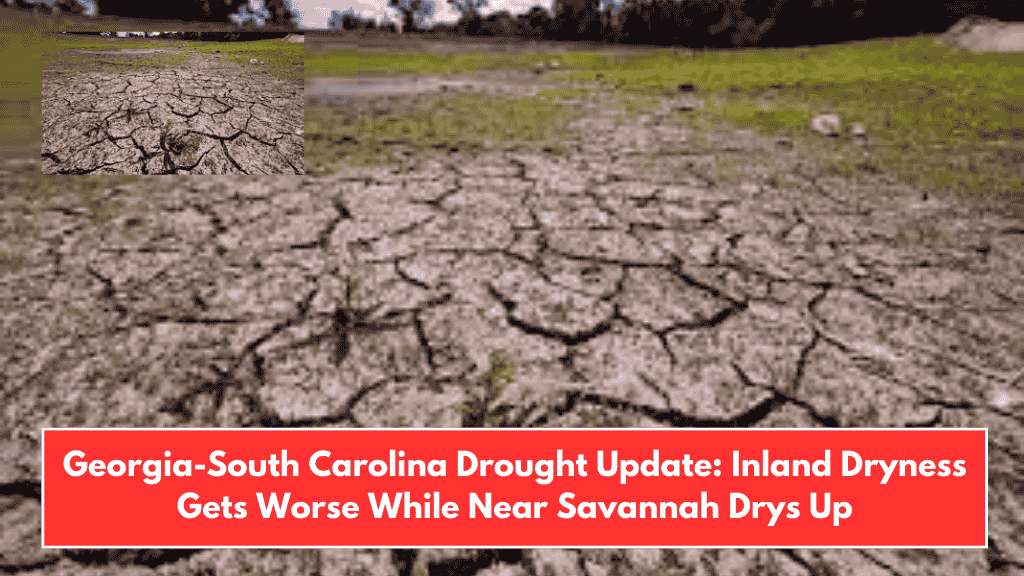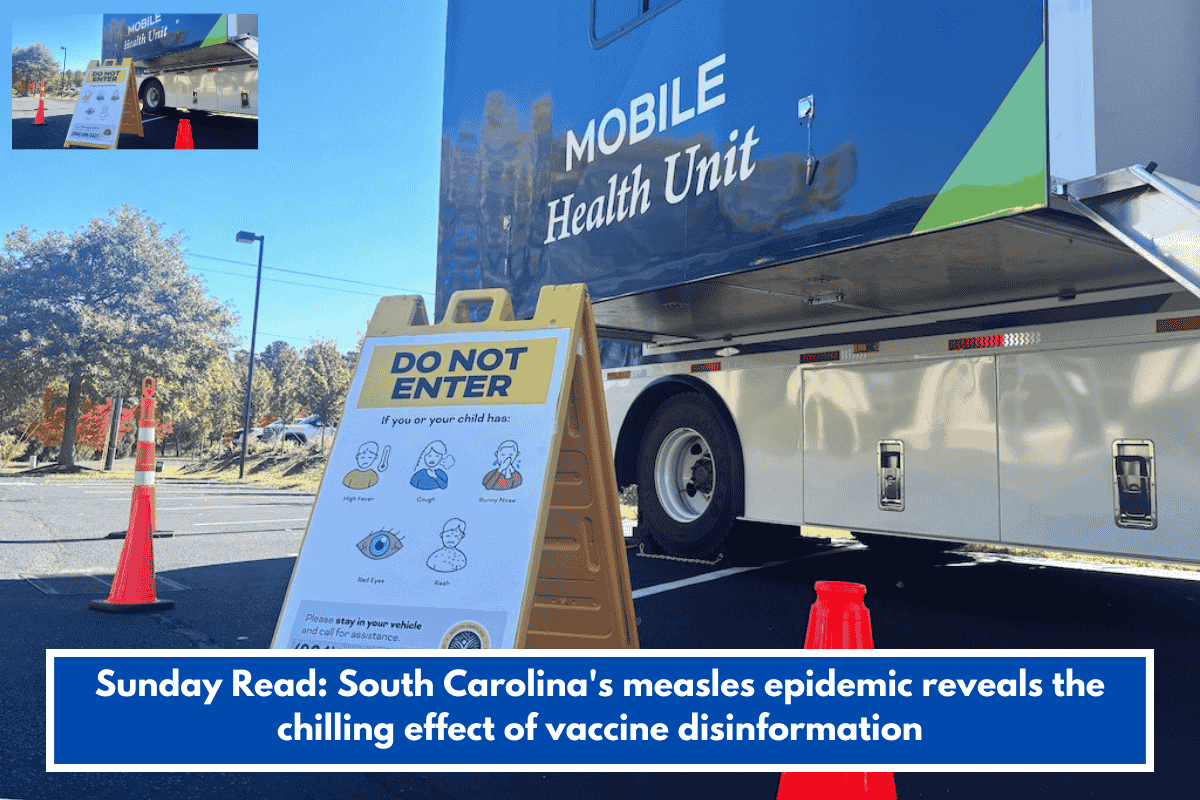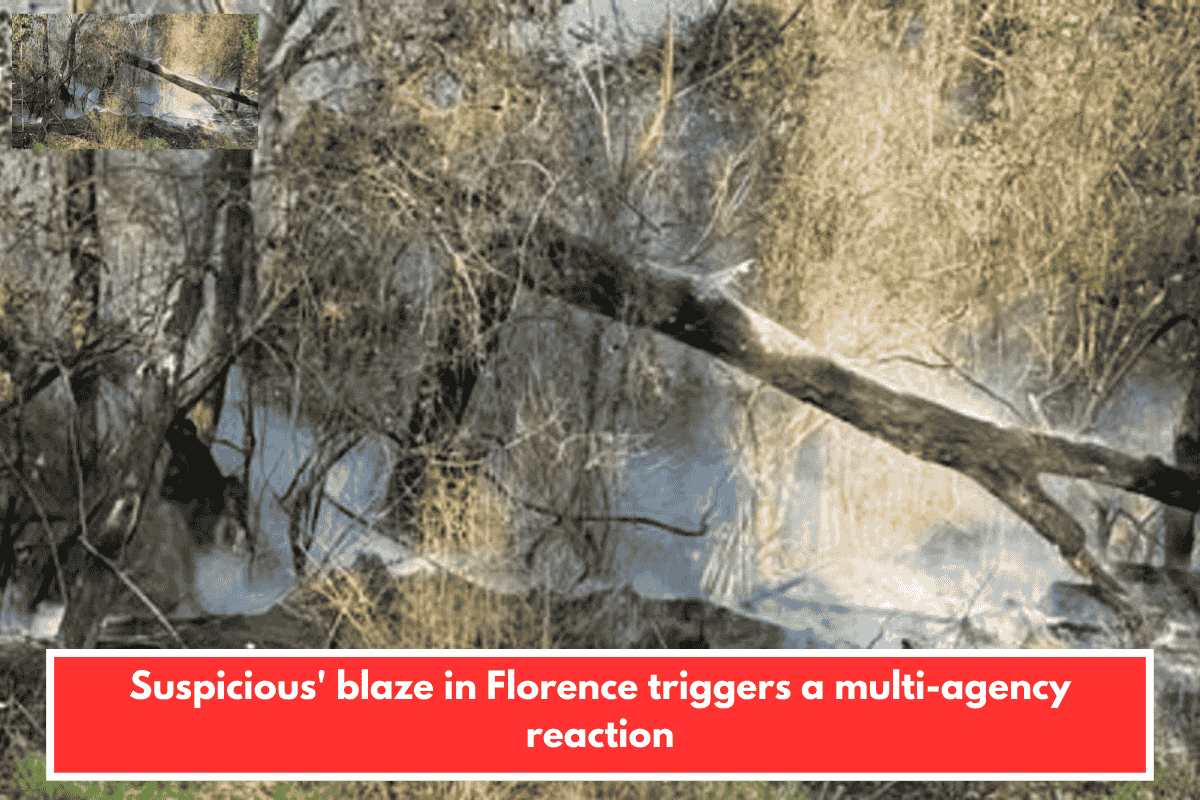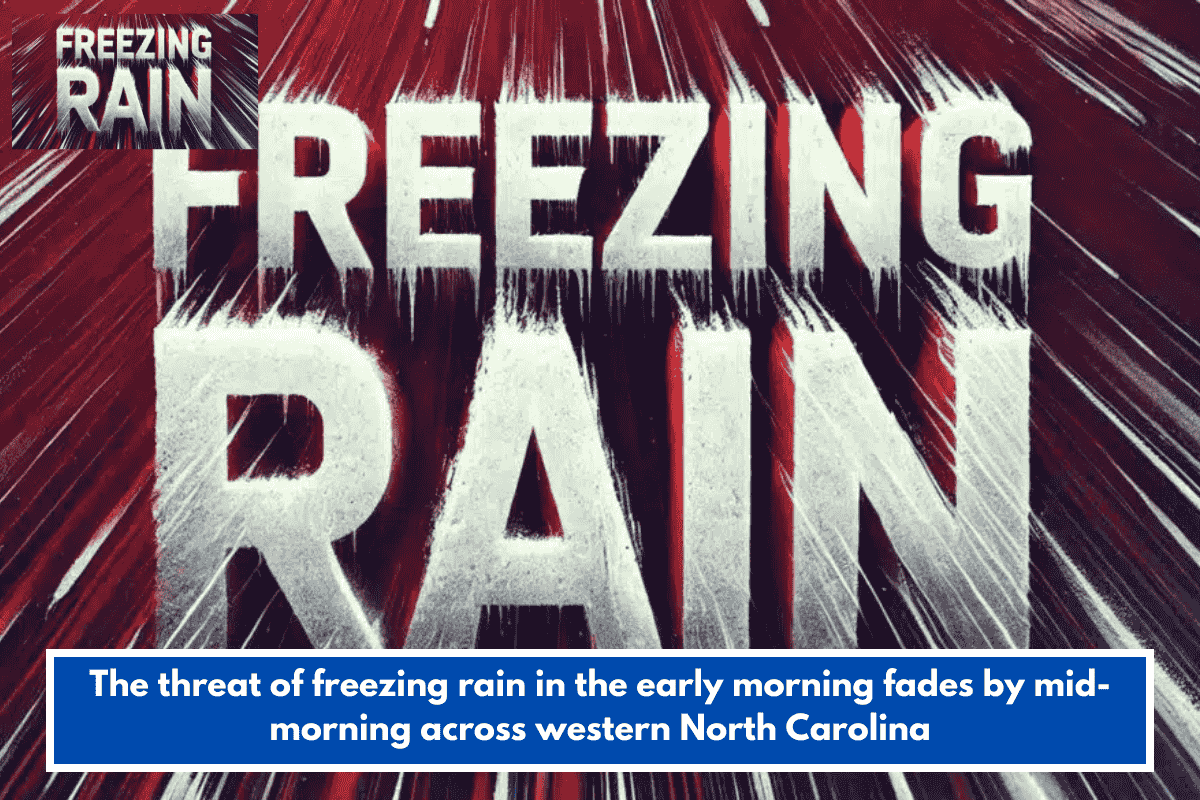As of April 29, 2025, much of southeastern South Carolina, including Charleston, Beaufort, and Hilton Head Island, has entered a “D2 – Severe Drought” stage — the worst classification reported in the region this year, according to the U.S. Drought Monitor released Thursday, May 1.
The affected area has surged from just 3.27% to nearly 18% in only a week, triggering heightened wildfire risk, water usage restrictions, and growing concerns for agricultural stress in the Lowcountry.
Worsening Conditions in the Lowcountry
Communities along the coast are facing significant impacts as dry conditions continue to worsen. Wildfire danger is notably high, and local water systems may soon implement tighter conservation measures if conditions persist. The drought is also placing increased pressure on farms, lawns, and gardens, where crops and vegetation are showing signs of distress.
Georgia Sees Slight Relief, But Fire Risks Remain
Just across the border in southeastern Georgia, areas including Vidalia, Hinesville, and portions of Savannah have improved slightly, moving from moderate drought into the “Abnormally Dry” category. However, officials caution that this is not a return to normal. Dry soils, high temperatures, and persistent wind continue to elevate fire risk across the region.
Weekend Rain Not Enough
Rain is expected over the weekend, but forecasters from the National Weather Service in Charleston say the system is unlikely to deliver the kind of sustained precipitation needed to reverse the drought. While some temporary relief may occur, long-term improvement will require multiple rounds of steady rainfall.
What This Means for Residents
Local authorities urge residents to:
- Conserve water both indoors and outdoors
- Avoid outdoor burning, especially during windy days
- Stay informed on drought updates and local fire bans
- Protect young plants and gardens with extra watering in the early morning or late evening
Next Steps and Forecast
With May historically bringing warmer, drier weather, experts warn that the situation could worsen before it improves. The next U.S. Drought Monitor update is due Thursday, May 9, which will provide a clearer picture of how effective — or ineffective — this weekend’s rainfall will be.













